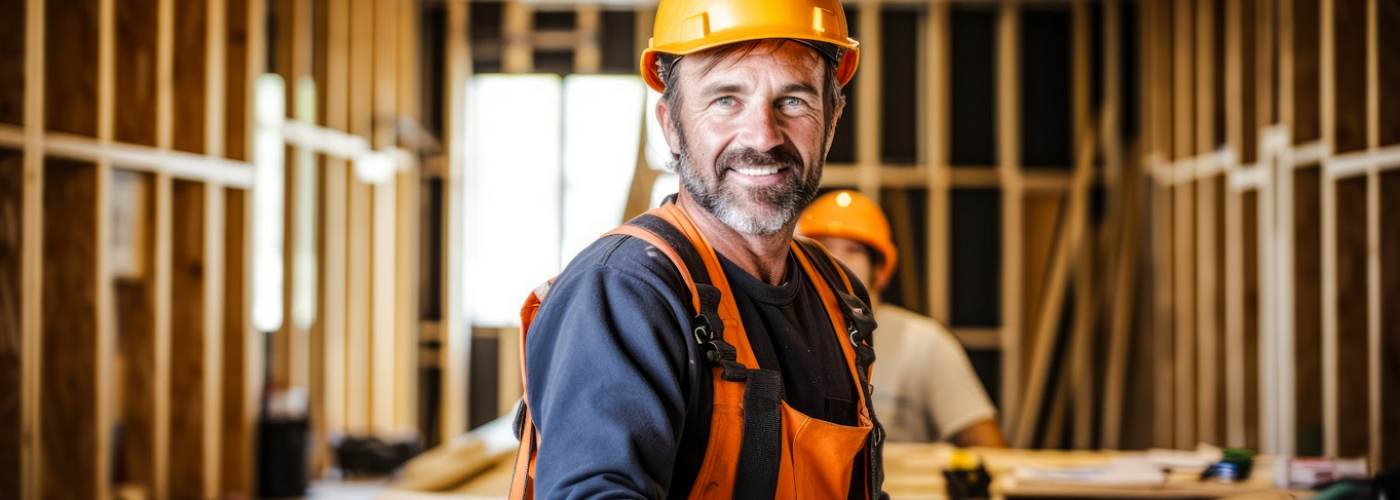Plywood stands out in the construction materials industry for its remarkable adaptability and extensive application across various projects. Characterized by its distinct layered composition, plywood is crafted by meticulously bonding thin layers of wood veneer. This systematic process imparts exceptional strength and allows for a degree of flexibility not found in other wood products. This article focuses on the diverse range of plywood grades available in the market, each defined by specific characteristics that directly influence the overall quality and effectiveness of construction work. By comprehensively examining these grades, the article aims to equip you with the knowledge necessary to make well-informed decisions when selecting plywood for different aspects of your building projects, ensuring both aesthetic appeal and structural integrity.
Plywood Grading System: A Comprehensive Overview
The grading system for plywood is crucial in determining its suitability for different construction needs. Plywood is graded based on the quality of the veneers and the number and type of defects present. The grades range from A, the highest quality with minimal imperfections, to D, which has more knots and visible flaws.
High-grade plywood (A or B) is ideal for visible surfaces where appearance matters, like cabinetry and furniture. Lower grades (C and D), with more knots and irregularities, are suitable for structural uses where appearance is less critical. This system ensures you can select the right type of plywood for your specific project requirements.
Selecting The Right Plywood For Your Project
Choosing the right plywood grade is crucial for your project’s success. Consider using exterior-grade plywood for areas exposed to moisture, such as bathrooms or kitchens. This type is made with waterproof glue and can withstand humid conditions. However, interior-grade plywood is suitable for dry areas and often used for decorative purposes.
It’s essential to match the plywood grade to the project’s demands. High-traffic areas or load-bearing structures require a higher grade for durability and strength. To learn more about specific plywood applications, consulting a professional can provide deeper insights and help ensure the best choice.
Impact Of Plywood Grade On Construction Durability
The grade of plywood significantly affects the durability of a construction project. Higher-grade plywood offers better resistance to wear and tear, making it a wise investment for areas that require longevity. For instance, floors and roofing benefit greatly from higher-grade plywood due to their exposure to stress and environmental factors.
Conversely, using lower-grade plywood in critical areas can lead to premature wear, structural weaknesses, and increased maintenance costs. It’s a balance of cost versus benefits, with the grade of plywood playing a key role in determining the long-term resilience of a construction project.
Plywood Grade And Aesthetics: Striking The Right Balance
While structural integrity is paramount, aesthetics also play a significant role in construction projects. Plywood, with a higher grade, performs better and presents a more appealing and consistent appearance. This is particularly important in projects where the plywood is visible, such as furniture or interior paneling.
The choice of plywood grade can enhance or detract from the overall look of a construction project. Using higher-grade plywood for visible surfaces ensures a more refined and professional finish, contributing to the aesthetic appeal and value of the structure.
Cost-Effectiveness Of Different Plywood Grades
The cost of plywood varies with its grade. Higher-grade plywood is typically more expensive due to its superior quality and appearance. However, this initial cost can be offset by its longevity and reduced maintenance.
In contrast, lower-grade plywood is more affordable but may require more upkeep and replacement. When considering the cost, weighing the long-term benefits against the upfront expenditure is important. In many cases, investing in a higher grade of plywood can be more cost-effective in the long run.
Conclusion
It becomes clear that knowledge of plywood grades is not just a technical detail but a cornerstone of achieving excellence in construction. The grades of plywood, each tailored for distinct functions, play a vital role in determining your projects’ structural soundness, endurance, and visual appeal. Selecting an appropriate grade is more than a matter of choice; it’s a strategic decision that profoundly influences the project’s success and its ability to stand the test of time. Opting for higher-grade plywood may initially seem like a costly venture, but its long-term advantages in terms of robustness and aesthetic value justify the investment. In essence, a well-considered choice of plywood grade is a crucial step towards realizing your construction goals, ensuring that the final outcome is structurally sound and durable, and visually striking, reflecting quality and sophistication in every layer.






